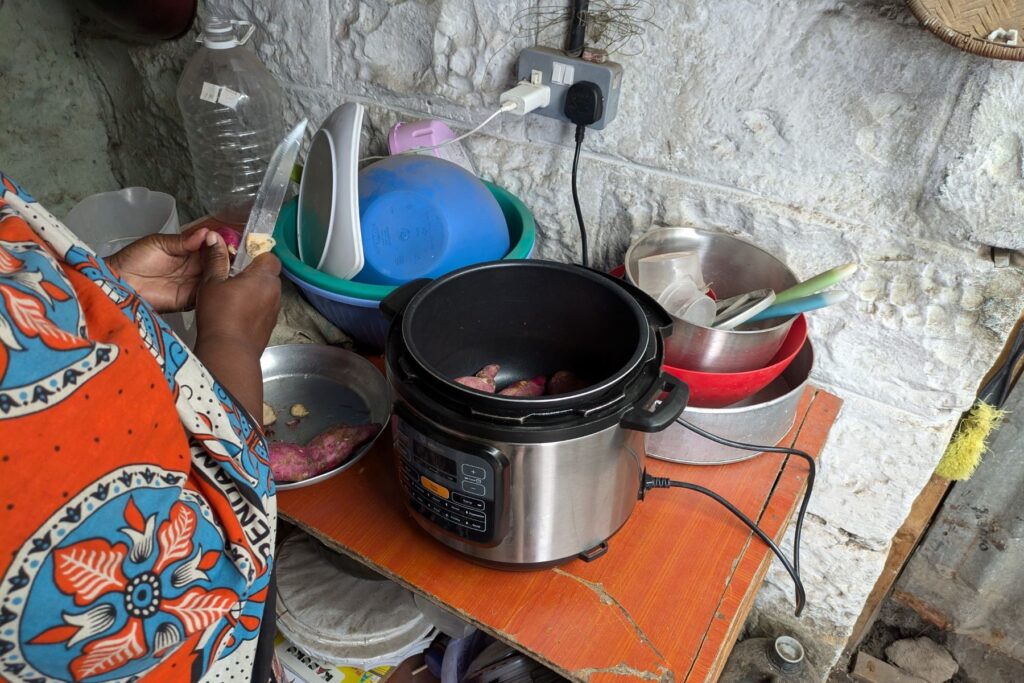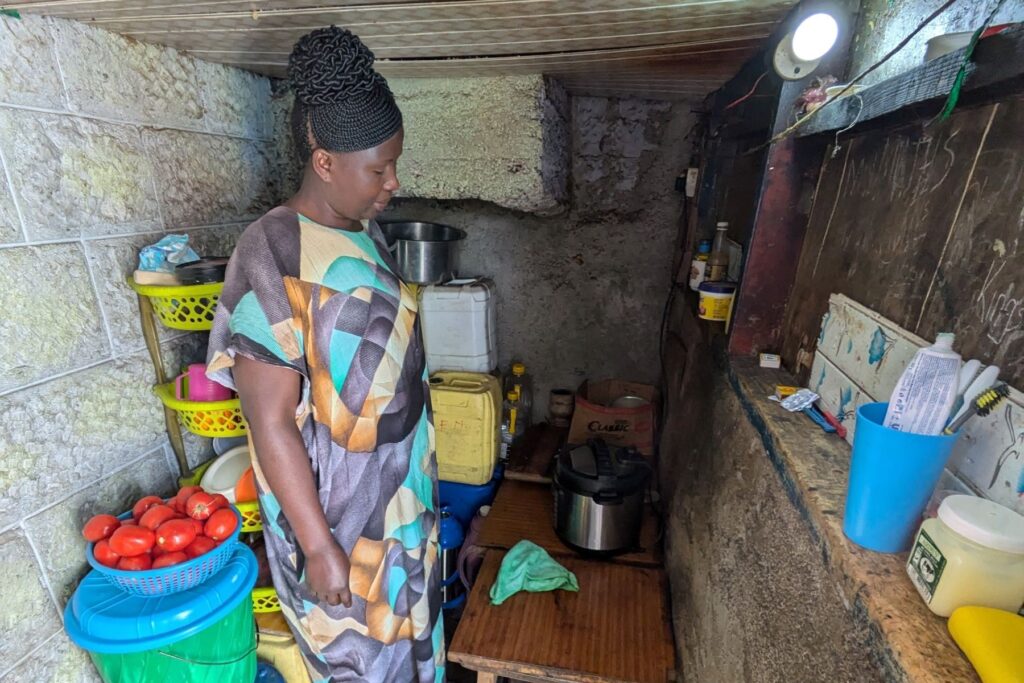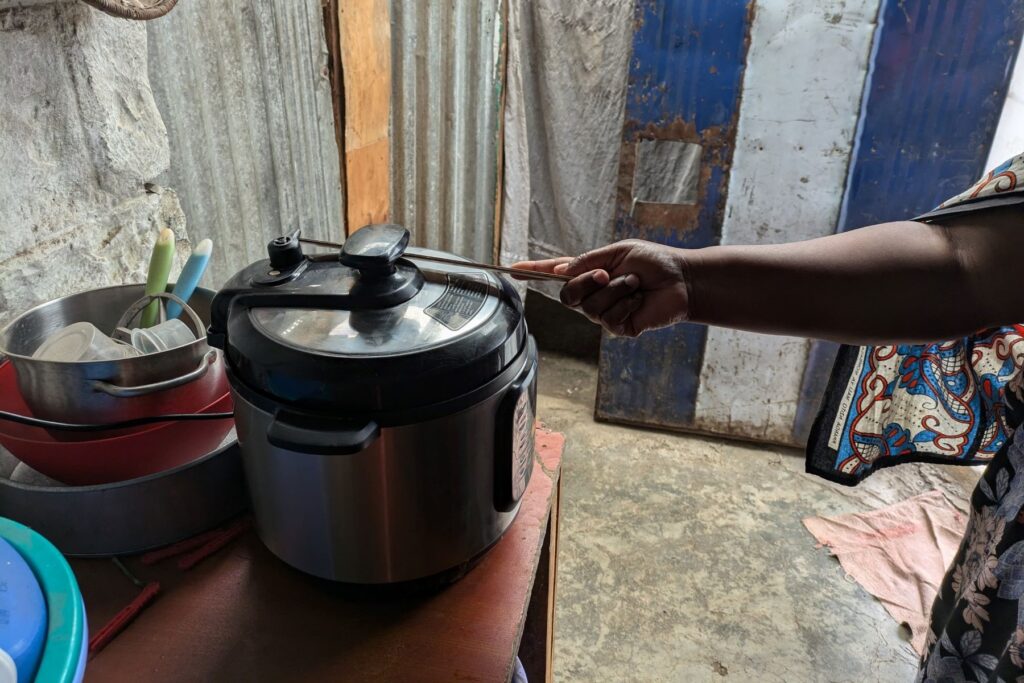Lifting the Lid: A New Research Portal Uncovers Everyday Truths About Clean Cooking in Kenya
What are people looking for in a clean cooking solution?
This is the fundamental question driving the long-term adoption of clean stoves and fuels.
On a global level, it’s easy to talk about clean cooking’s benefits, from lower risk of disease to cleaner air to reduced pressure on forests. But the daily decision of how to cook household meals is intensely personal and depends on many individual preferences and circumstances. That’s why understanding and catering to people’s cooking needs is critical to ensuring they choose a cleaner, more sustainable option—over and over and over again.
To help companies design the clean cooking solution that best meets the preferences of home cooks in Nairobi, Kenya, the Clean Cooking Alliance’s User Insights Lab (UIL) launched the People Insights Portal. This new platform, made possible by funding from Osprey Foundation, translates ethnographic research into accessible insights that organizations can use to better design, market, and sustain clean cooking solutions.

The portal features the UIL’s latest research: a deep exploration into how households in Nairobi use electric pressure cookers (EPC). The 21 study participants—ranging from factory workers to government employees—earn between 10,000 and 20,000 Kenyan shillings a month and represent both light and heavy EPC users.
The research responds to companies’ specific questions about their customers’ experiences but goes far beyond what could be gleaned from traditional surveys or even the usage data collected by the most advanced EPCs. In keeping with the UIL’s recognition that people are not just users of clean cooking solutions but individuals with full and complex lives, researchers took an immersive approach. They spent hours in participants’ living rooms, kitchens, and meal preparation spaces, observing not just cooking activities but the emotional, cultural, and social layers that shape them.

These observations produced a wealth of artifacts, but also highlighted five overarching findings:
- Cooking is both practical and cultural.
For many households, decisions around cooking blend the need for speed, convenience, and budgeting, while also incorporating traditional and social roles. One participant noted that her family rejected ugali made in the EPC because it lacked the smoky, burnt flavor associated with charcoal. When guests arrived, she reverted to cooking with charcoal or gas. - EPCs are used in a variety of ways.
Thirty percent of meals in the study were cooked exclusively in EPCs. Another 29% combined the EPC with another appliance, usually gas, while 41% didn’t use the EPC at all. The EPC was predominantly used as a tool for cooking cereals, and as a way to free up time for other household tasks. With greater understanding of customer needs, clean cooking solutions can be adapted to fit. - Different cooking styles reflect cooks’ underlying motivations.
Whether someone chooses to use an EPC or a different appliance is based on their primary motivation. Some cooks are driven by speed, others by convenience, cost, tradition, nutrition, and/or a sense of family nurturing. By categorizing these motivations into six personas, the UIL helps organizations understand the range of needs that modern cooking solutions must meet. - EPCs have many advantages but also design gaps.
Even small details—like short cords or awkward socket placement—can undermine regular EPC use. Households often place EPCs on stools, in living rooms, or even in bedrooms to cope. Confusion over cooking presets, difficulty securing lids, and the limited pot size also posed challenges. These insights point to opportunities for more empathetic product design. - Learning is social and visual.
Manuals are ignored, seen as generic and irrelevant. Instead, people want to learn through demonstrations, peer sharing, or short videos. Mastery, in this context, is not just about technical instructions but about seeing and copying how others cook. This feedback can inform how companies provide post-sale support services.

Why the People Insights Portal is different
What sets the portal apart is not just the depth of the research but how it is packaged for practitioners.
The portal’s design allows users to filter through artifacts based on their needs. For product teams, there are sketches and observations on appliance usability. For marketers, there are personas and emotional journey maps. For policymakers, there are narratives on fuel transitions and the social dynamics of cooking.
Looking ahead, the portal will include quantitative validation of the Nairobi EPC study and new research on electric induction stoves in Tanzania (available in early 2026). The UIL also plans to integrate AI through the upcoming User Insights Hub, designed to make qualitative data even more searchable and interactive.
In this way, the portal is not a static report but a growing, evolving library. Its purpose is simple: to provide engaging, accessible information that encourages more people-centric innovation in the clean cooking sector.
The portal is freely accessible here.
To watch the recording of the webinar launching the portal, click here.
